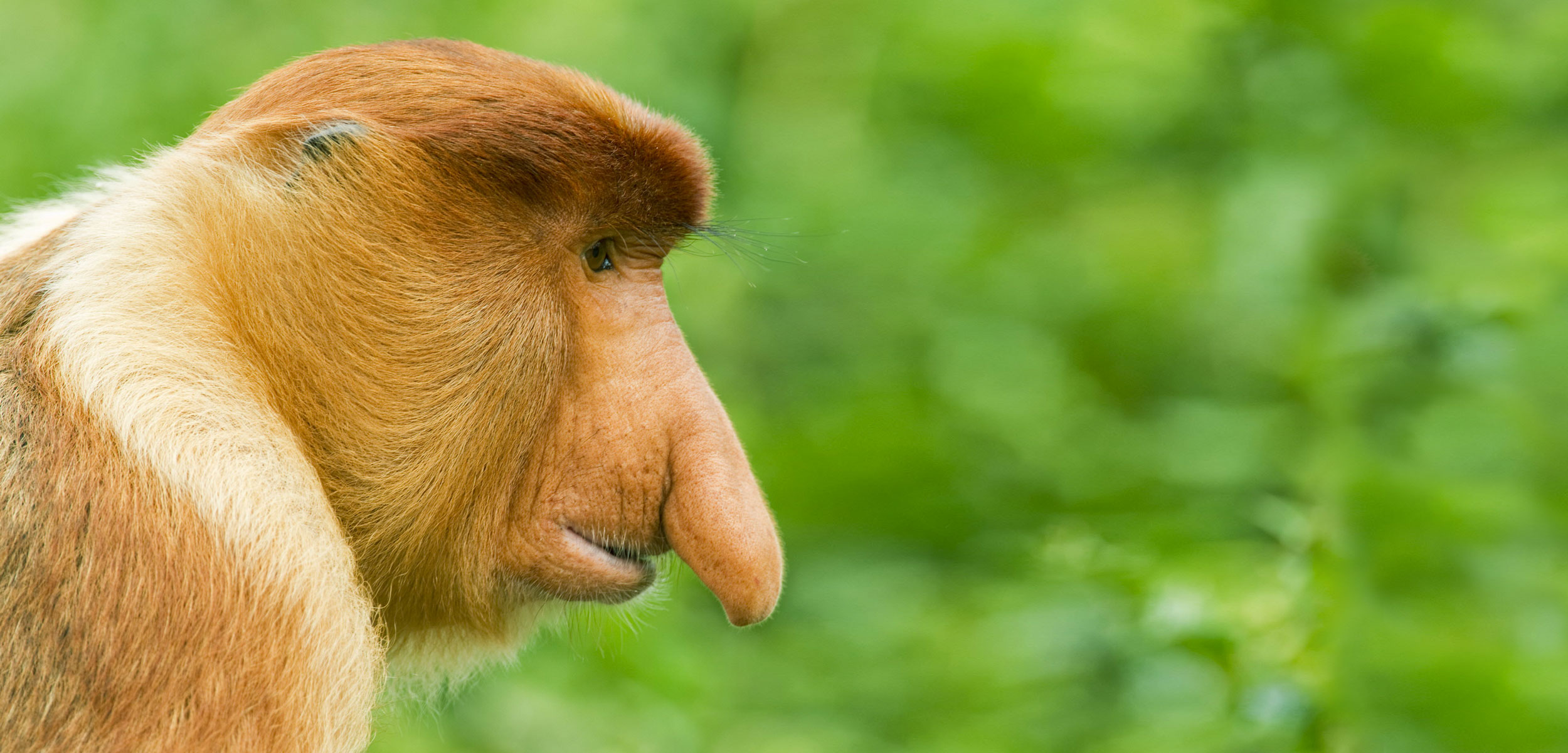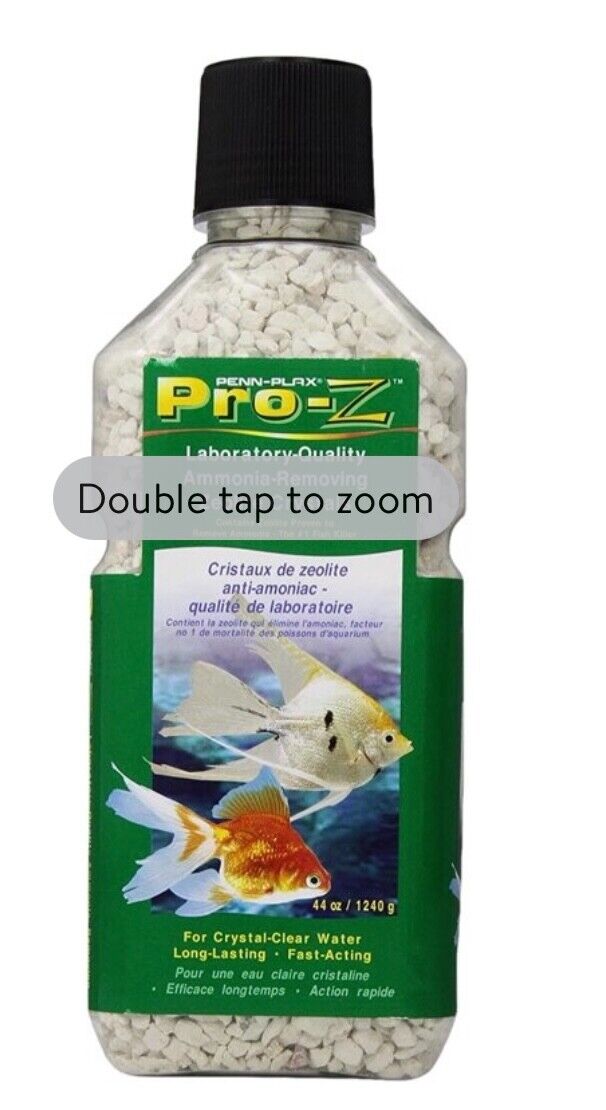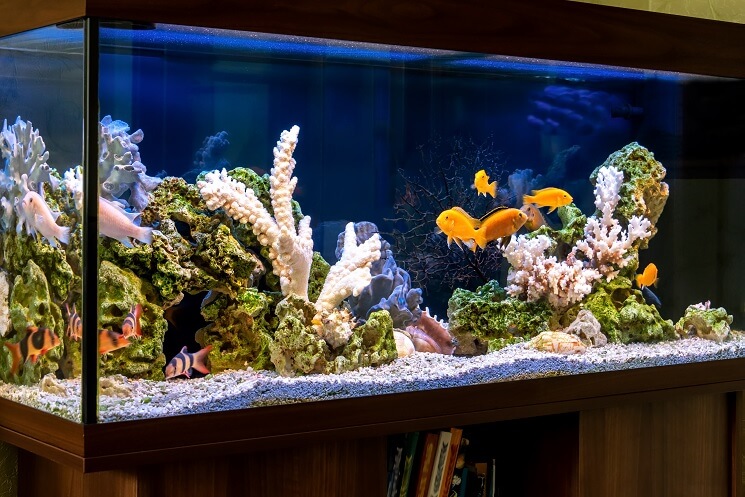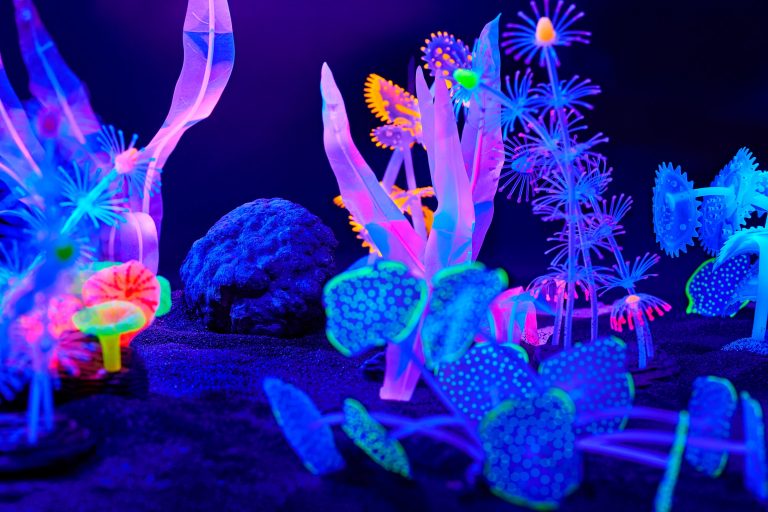Revive Your Sea Monkeys: How to Change Water Like a Pro
To change sea monkey water, simply pour out half of the existing water and replace it with fresh, dechlorinated water. Changing the water regularly helps to maintain the sea monkeys’ health and longevity.
Sea monkeys are brine shrimp that come in a kit complete with food and a plastic tank. While these tiny creatures are easy to care for, changing their water is essential to keep them happy and healthy. Even though they can survive in dirty water, they will thrive in a clean water environment.
Additionally, by changing the water, waste, and uneaten food will be removed, preventing algae growth that can harm the sea monkeys. Therefore, it is recommended to change the water every two weeks.

Credit: hakaimagazine.com
Understanding Sea Monkeys And Their Habitat
Overview Of The Natural Habitat Of Sea Monkeys
Sea monkeys, scientifically known as artemia salina, belong to the crustacean family. They are commonly found in the wild in salt lakes, ponds, and salt marshes in various parts of the world. The natural habitat of sea monkeys is a significant factor that we must consider while creating an aquarium for them.
Here are some key points to remember:
- Sea monkeys require salty water to survive
- They thrive in warm temperatures
- They require sufficient oxygen to survive
How The Sea Monkey Aquarium Replicates Their Natural Environment
Creating an aquarium for sea monkeys necessitates replicating their natural habitat as closely as possible. Maintaining their natural environment in the aquarium includes the following:
- Salinity levels of the aquarium water should be between 1.015 and 1.020
- The aquarium water should ideally be heated to around 25°c or 77°f
- The aquarium should have an adequate filtration system to ensure water oxygenation
Furthermore, it’s crucial to ensure that the aquarium water is free of any contaminants that could affect the well-being of sea monkeys.
Importance Of Maintaining The Proper Water Temperature And Ph Level For Sea Monkeys
Maintaining the proper water temperature and ph level is essential for the survival of sea monkeys. Here are some key reasons why:
- The temperature affects their growth cycle and lifespan
- Temperature changes of more than 5°c can shock, stress, and even kill them
- A ph level below 7.0 or above 8.5 can cause their health to decline, and they may not survive for long
Maintaining the aquarium temperature and ph level requires diligence and attention to detail. It’s vital to monitor their aquarium daily and take corrective action as needed to ensure their well-being.
Step-By-Step Guide On How To Change Your Sea Monkey’S Water
Sea monkeys are tiny creatures that make great pets, and we all want to give them the best care possible. Changing their water regularly is an essential aspect of their care routine. In this step-by-step guide, we’ll take you through the process of changing your sea monkey’s water.
Introduction To The Equipment Needed For Changing Water
Before we begin, we need to make sure we have all the required equipment in hand. Here are some of the things you’ll need:
- A clean and empty container to keep your sea monkeys in temporarily.
- Aquarium salt to add to the new water.
- A water conditioner to make sure your sea monkey’s new water is safe.
- A net to pick up and move your sea monkeys.
Step 1: Preparation – Get Everything Ready
Proper preparation is crucial to ensure a seamless water change process for your sea monkeys. Here are the things to do to prepare for changing your sea monkey’s water:
- Turn off the heating and filtration system 30 minutes before the water change.
- Prepare the clean and empty container and filling it with some of the water from their existing tank.
- Read and follow the instructions on the water conditioner bottle to ensure that the water is ready by the time you’re ready to add it to the tank.
Step 2: Removing The Sea Monkeys From Their Tank
Now that we’ve gotten all the equipment ready, let’s move on to step two: removing your sea monkeys from their tank. Here’s how:
- Use the net to catch your sea monkeys gently.
- Release the sea monkeys into the empty container, giving them time to adjust to their new surroundings.
- Make sure to remove any leftover food or debris from the tank.
Step 3: Cleaning The Tank And Preparing The New Water
This step involves cleaning your sea monkey’s tank and preparing new water for them to swim in. Here’s what you need to do:
- Start by cleaning the tank and all its accessories with warm water.
- Add aquarium salt to the new water in the clean bucket.
- Add water conditioner to the new water as per the instructions on the bottle.
Step 4: Adding The New Water And Sea Monkeys Back To Their Tank
Now that our clean water is ready, it’s time to fill up the tank and reintroduce the sea monkeys. Here’s how:
- Slowly pour the new water into the tank, not to upset the substrate.
- Use a net to return your sea monkeys back into the tank.
- Once all the sea monkeys are back, turn on the filtration and heating system.
Step 5: Caring For Your Sea Monkeys After The Water Change
Congratulations, you have now successfully changed your sea monkey’s water! The following are essential tips for caring for your sea monkeys after a water change:
- Feed your sea monkeys after 1-2 hours of the water change.
- Maintain the temperature between 21-27 c and avoid any sudden temperature changes.
- Keep the lighting low, which can help your sea monkeys feel comfortable in their environment.
Changing your sea monkey’s water can seem an intimidating process at first, but it is essential for your pet’s health and well-being. By following our step-by-step guide, you can make the process as smooth and stress-free as possible.
Troubleshooting Common Issues When Changing Water
Sea monkeys are fascinating creatures to own and care for, but changing their water can sometimes be a challenging task. Not to worry though, as there are a few common issues you may face, which we will address ‘s troubleshooting common issues when changing water section.
Uneaten Food And Waste Buildup
One of the most common problems that sea monkey owners face is the buildup of uneaten food and waste in their tanks. Here are a few tips on how to tackle this issue:
- Remove any uneaten food from the tank after feeding, so that it doesn’t end up decomposing in the water.
- Use a small turkey baster or siphon to suck out any debris that has accumulated at the bottom of the tank.
- Clean your tank regularly. A general rule of thumb is to change 20% of the water in the tank every two weeks. However, this may vary depending on the size of your tank and the number of sea monkeys you have.
Cloudy Water
Another common issue when changing sea monkey water is the water becoming cloudy. This can happen for a variety of reasons, including the death of a sea monkey, overfeeding, and the accumulation of bacteria in the tank. To deal with cloudy water, try the following:
- Reduce the amount of food you’re giving your sea monkeys and increase the frequency of water changes.
- Make sure your tank is receiving enough sunlight as this can help to control bacteria growth. Just be careful not to place the tank in direct sunlight as this can heat up the water and be harmful to your sea monkeys.
- If the problem persists, it may be necessary to use a water conditioner to help balance the levels of minerals in the water.
Dealing With Sick Or Stressed Sea Monkeys
It’s important to monitor your sea monkeys for signs of sickness or stress, especially when changing their water. If you notice that one or more of your sea monkeys are in distress, try the following:
- Increase the frequency of water changes to ensure that the water quality is at an optimal level.
- If the problem persists, consider reducing the number of sea monkeys that you have in the tank to ease the competition for resources.
- If your sea monkeys are showing signs of distress like lethargy or a lack of appetite, try adding a small amount of aquarium salt to the water. However, it’s always important to consult with a veterinarian if you’re unsure about the health of your sea monkeys.
Taking care of sea monkeys can be an enjoyable experience, but it does come with its fair share of challenges. With these tips, you should be better equipped to deal with some of the issues that arise when changing their water.
Frequently Asked Questions For How To Change Sea Monkey Water
How Often Should You Change Sea Monkey Water?
You should change the water every two weeks for optimal growth and health of sea monkeys.
How Do You Change Sea Monkey Water?
To change sea monkey water, ensure the water is room temperature, pour it into a clean container, and gently transfer the sea monkeys.
What Should You Do Before Changing Sea Monkey Water?
Before changing sea monkey water, ensure the container is clean and ready, and have room temperature water prepared.
What Happens If You Don’T Change Sea Monkey Water?
If you don’t change sea monkey water, waste buildup can harm the sea monkeys, leading to slowed growth and potential death.
Conclusion
Changing the water of your sea monkeys regularly is an important step towards their healthy and happy life. Now that you have the knowledge on how to change their water in a proper and safe manner, you can ensure your sea monkeys will receive the right nourishment and avoid potential harms from dirty water.
By following the guidelines and tips provided in this article, you can keep your sea monkeys thriving and growing. So take the time to treat them to a fresh and clean environment every few weeks and watch them flourish. Remember, a little effort towards their care can go a long way in keeping your sea monkeys happy and healthy for a long period of time.






